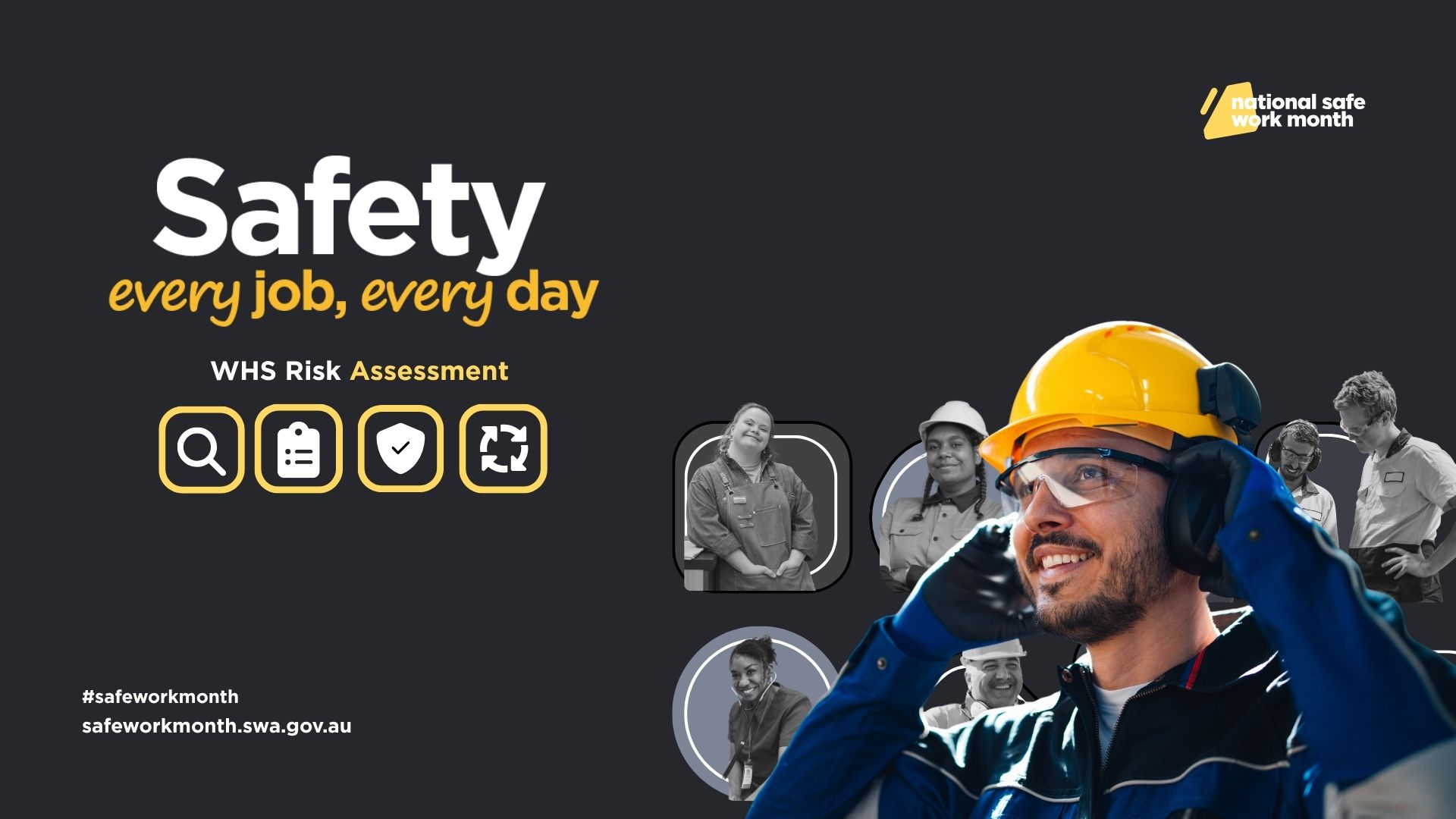Good Safety Improves the Bottom Line
The health and safety of workers is the number one priority hailed by all major mining organisations. But did you know ensuring worker safety is proven to improve the bottom line in more ways than one?|The health and safety of workers is the number one priority hailed by all major mining organisations. But did you know ensuring worker safety is proven to improve the bottom line in more ways than one?

Article originally published by Christian Young, Impress Solutions.
The health and safety of workers is the number one priority hailed by all major mining organisations. But did you know ensuring worker safety is proven to improve the bottom line in more ways than one? This includes avoiding decreases in market value and plummeting stock prices.
Safety and your bottom line
Poor safety practices resulting in injuries and/or fatalities results in negative rates of return in the stock market. The extent of this is strongly associated to the type and severity of the incident, however, the research (1) proves there is a direct relationship between the two.
Poor safety practices causing manmade or natural disasters leading to serious injuries and fatalities could result in organisations experiencing a drop-in market value of up to 0.89% (2). Organisations with an increase in fatalities will experience larger abnormal negative returns. A key factor in determining a negative stock market reaction is the number of fatalities as market loss is directly related to the number of fatalities.
What are the costs of poor safety performance?
Safety Incidents result in a loss of production – that costs money. In addition, incidents have both direct and indirect impacts that are referred to as the “Iceberg Principle”. Approximately 10% of these impacts (the tip of the iceberg) will be direct costs such as medical costs, insurance premiums, fines and litigation. Whilst the remaining 90% will be indirect.
It is estimated that for every $1 of direct costs up to $5 of indirect costs are also incurred (3). Indirect costs can include:
- Reduced shareholder value
- Lower productivity
- Increased public scrutiny
- Poor public relations
- Poor competitiveness
- Loss of reputation
- Poor staff morale
- Resources spent on training
The benefits of adopting best practice in worker safety are immeasurable. Not just by protecting the lives and physical safety of employees, but also their mental health. In fact, a 2014 research study conducted by Beyond Blue and PwC into Australian workplaces found for every (4) $1 invested creating a mentally healthy workplace, Australian companies see on average a $2.30 return in value.
With good safety practices, productivity increases and costs and safety payments are reduced which will have a positive impact on the (5) bottom line.
What can I do?
Good safety practices don’t just protect employees and a firm’s reputation, they also create an environment which cultivates profitability and improves the bottom line. The economic benefits derived from safety interventions extend beyond traditional outcomes to economic success including increased market value.
There are many options available to organisations seeking to implement safety measures to increase productivity based on the knowledge (6) that there is also an economic benefit. Companies can generate profit from safety when they equip teams to collaborate to improve safety.
When reviewing safety practices, the following should be considered across all areas:
- Critical Control Management
- Establishing simple Safety Management Systems
- Learning from everyday work
- Building capacity to fail safely
Case Studies
CASE STUDY 1: South32 Limited, Australia June 2018
Subsequent to a safety issue at the New South Wales Appin mine that severely impacted mining productivity, South32 Limited [ASX:S32] incurred a decline in share price of 4.10% when the share price dropped to $3.74 (Source)
CASE STUDY 2: Vale S.A, Brazil January 2019
In the aftermath of a dam collapse that killed scores of people at one of its mines, Vale S.A’s shares fell 24%, the lowest close in 2 years (Source).
CASE STUDY 3: Perenti, Burkina Faso November 2019
Following a safety incident whereby a convoy escorted by military police had been ambushed 40 kilometers from site, the Perenti share price slumped 10% after confirming members of its African Mining Services (AMS) workforce were killed (Source).
Article originally published by Impress Solutions
References:
1. Viscusi, W. K., & Hersch, J. (1990). The market response to product safety litigation. Journal of Regulatory Economics, 2(3), 215- 230. https://doi.org/10.1007/BF00134061
2. Kowalewski, Oskar & Śpiewanowski, Piotr. (2017). Stock market response to potash mine disasters. 10.13140/RG.2.2.31398.52807. https://www.researchgate.net/publication/314243783_Stock_market_response_to_potash_mine_disast ers/citation/download
3. Capelle-Blancard, G., & Laguna, M. A. (2010). How does the stock market respond to chemical disasters?. Journal of Environmental Economics and Management, 59(2), 192-205. https://www.sciencedirect.com/science/article/abs/pii/S0095069609000916
4. Mental health first aid improving health and bottom line for business, 2020 https://www.headsup.org.au/training-and- resources/news/2017/02/13/mental-health-first-aid-improving-health-and-bottom-line-for-business
5. Tarr, J. W., & RG, F. (2000). How to leverage your bottom line with good drilling and blasting practice. Journal of the Southern African Institute of Mining and Metallurgy, 100(2), 89-90. https://journals.co.za/content/saimm/100/2/AJA0038223X_2576
6. Lamm, F., Massey, C., & Perry, M. (2006). Is there a link between workplace health and safety and firm performance and productivity?. New Zealand Journal of Employment Relations, 32(1), 75. https://www.safeworkaustralia.gov.au/system/files/documents/1702/workplace-health-safety-business-productivity- sustainability.pdf
myosh Critical Risk Management
Webinar: Critical Control Management – A Configuration Case Study with Mitchell Services
What’s covered?
This is a first-time introduction of new and novel technology that has a significant impact on operations. Find out what Smart Technology can bring.
- Critical Risks, their methodology and the issues at hand.
- Critical controls and conformance standards.
- Smart Inspections™, control effectiveness and performance reports.
Adrian Manessis from myosh will then demonstrate how Smart Inspections™ and the Rules Engine are used to manage Critical Control Effectiveness, status and reporting.





